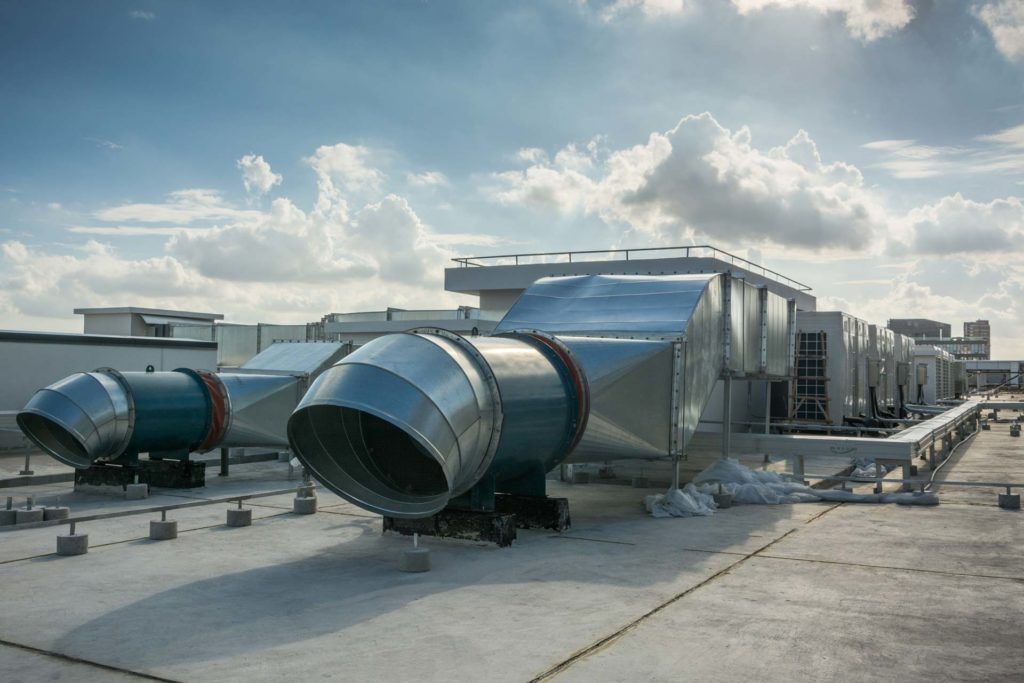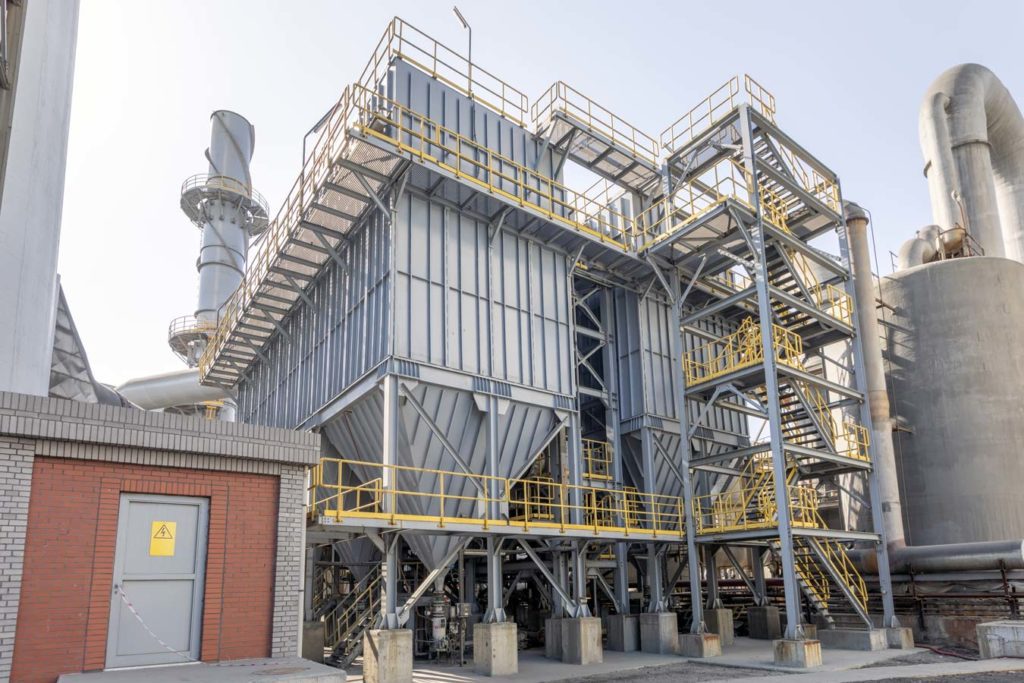Industrial dust collection is essential for a wide range of industries, such as agriculture, food processing, chemical processing, metal fabrication, and woodworking — to name a few. If your business operations emit high volumes of industrial dust, improving air quality is critical for protecting your business and your employees’ well-being.
Industrial dust may contain harmful chemical or metal particles that could be inhaled, touched, or ingested. Therefore, rotary airlock valves are a beneficial addition to dust collection systems. These valves can handle high-dust volumes while maintaining pressure and promoting a safe workplace.
Read on to learn more about the amazing benefits of rotary airlock valves and see how they can support a variety of dust collection systems.
What is a Rotary Airlock Valve?
Rotary airlock valves — sometimes called rotary valves or rotary feeders—can play a critical role in material handling systems. These valves prevent air loss while simultaneously removing solid particulates and materials from bins, hoppers, and receivers. Airlock valves move these items into a pressure-driven or vacuum-driven pneumatic conveying system.
A rotary airlock valve plays a critical role in any industrial dust collection system, keeping combustible or toxic particulates out of your workplace’s air supply. They also support OSHA compliance and protect equipment integrity.
How Does a Rotary Airlock Valve Work?
Rotary airlock valves work by minimizing air loss while transferring particulates between valves at different pressures. When it comes to rotary airlock valves for dust collection, these are the main components they typically contain:
- Housing
- Headplates
- Rotor
- Drive arrangement
As an industrial dust collector gathers particulates into the apparatus, airflow is pushed through the device and into the rotary airlock valve. When the air passes through the rotary valve’s pockets, it is filtered through to the bottom of the dust collector and removed. The filtered particulates typically exit through a conveyor belt system.
The rotor’s shaft usually features multiple vanes, and the shaft ends extend through the housing to external bearings, which are supported by covers. Inside the housing, the interior vanes move particulates away from the shaft and towards the housing component.
The inlet drives airflow toward the area between rotor vanes, which captures dust and other air particulates during rotations. The airflow is then transported to the outlet, and the process is then repeated.
The rotary airlock valve can support this air filtration process in three ways:
Metering and Feeding
As air and particulates filter through the dust collection system, the airlock valve meters the particulates through the valve at a fixed rate.
Airlock
An airlock provides a seal between two different pressure zones. This process prevents clearance or displacement leakage from one zone to the next, ensuring that dangerous particulates don’t infiltrate clean air supplies.
Airlock Seals
Airlock seals provide extra barriers to prevent particulates from mixing with the filtered air supply. Adding additional valves and airlock strips gives extra layers of protection to your rotary airlock valve and dust collection system.
Benefits of Rotary Airlock Valves for Dust Collectors
There are several benefits of rotary airlock valves for dust collection systems. Some of these benefits include:
- Automate hopper emptying: Automating the emptying process maintains proper emptying schedules.
- Minimize pressure loss: Dual-pressure settings regulate pressure and airflow in real-time. Rotary airlock valves adjust the pressure to accommodate high-volume dust production for a variety of manufacturing processes.
- Rotor selection and type: Additional valves can support increased production and particulate size. A dust collection system manufacturer can help you build valves fit for your production needs.
- Material construction customization: Choose from a variety of material options, including cast iron and stainless steel.
- Adjustable valve speed: Rotary airlock valve speed can be adjusted as the facility’s air volume changes. This customization is particularly beneficial for agricultural spaces, like silos, and material handling needs commonly associated with grinding or woodworking.
- Shaft elimination options: These options help reduce leakage rates according to production volume needs. From body design to end covers, all dust collector parts — including components of airlock valves — must be designed to withstand industrial wear and tear. Tighter clearances reduce the rate of potential leakage and provide effective elimination methods.
Trust Baghouse America for Your Rotary Airlock Valve Solutions
Rotary airlock valves can be an essential part of many dust collection systems. Baghouse America develops industry-leading solutions for dust collection systems and air quality concerns. We have been a trusted choice for workplace air quality solutions for over two decades. Our experience and innovative designs can support your air quality and environmental concerns. Contact Baghouse America

